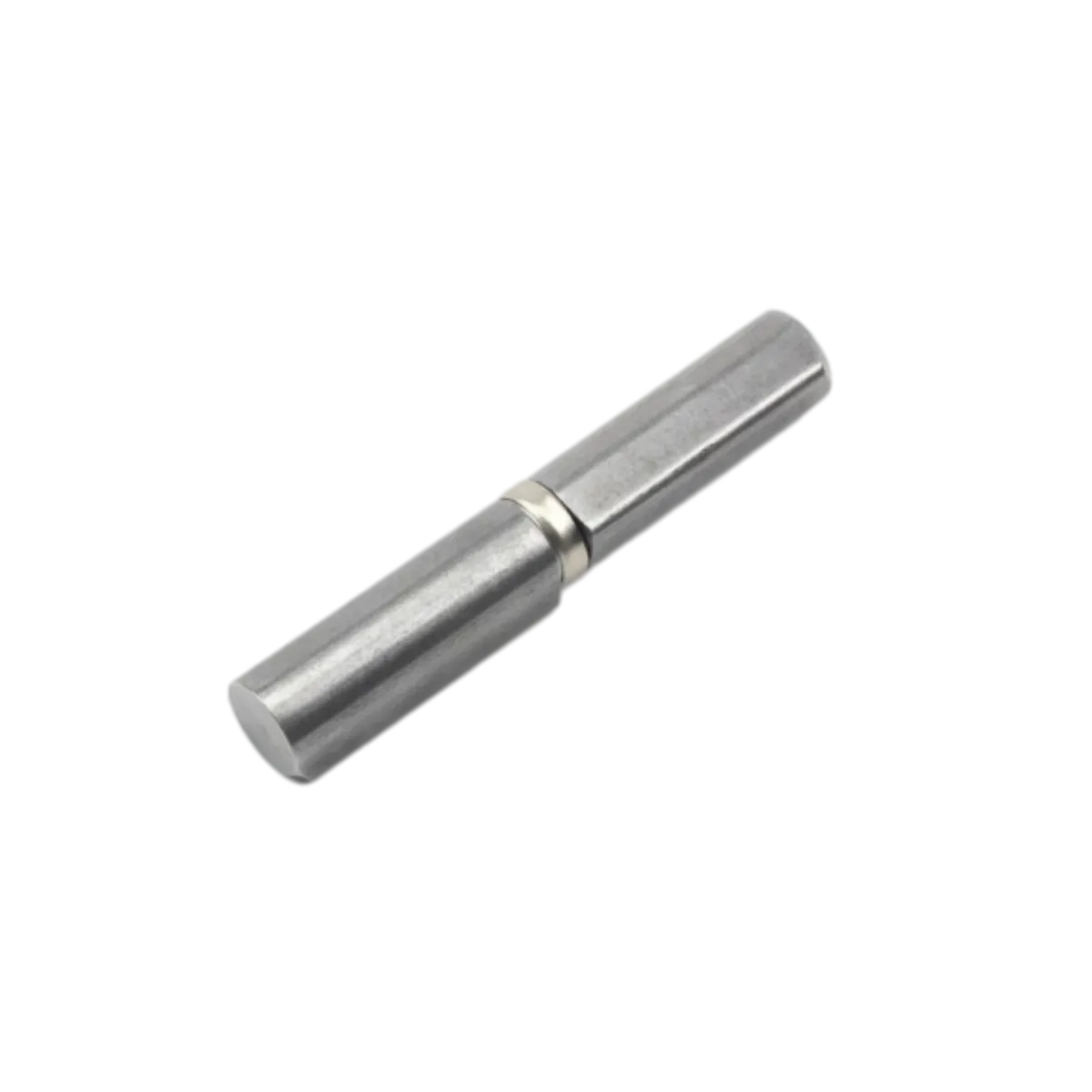Innovative Approaches to Designing Durable Structures with Cast Iron Materials and Techniques
The Design and Application of Cast Iron in Engineering
Cast iron, a versatile and durable material, has been a cornerstone of engineering and design since its inception. Its unique properties make it suitable for a wide range of applications, from architectural elements to intricate machinery parts. This article explores the characteristics of cast iron and its significance in modern design.
Cast iron is an iron-carbon alloy that contains between 2% to 4% carbon, along with varying amounts of silicon, manganese, sulfur, and phosphorus. The presence of carbon allows cast iron to be poured into molds, offering an impressive level of design flexibility. Once cooled and solidified, the material exhibits excellent fluidity and casting capabilities, making it ideal for producing complex shapes and designs that would be challenging with other materials.
The Design and Application of Cast Iron in Engineering
From a design perspective, cast iron allows for creative expression in various forms. In architecture, it has been used extensively in buildings and public spaces, where it can be seen in decorative elements such as railings, columns, and façade details. Its aesthetic appeal lies in its rich texture and the potential for intricate patterns. Designers can leverage this quality to create visually striking installations that enhance the character of a space.
cast iron design

The historical significance of cast iron cannot be overlooked. The industrial revolution marked a turning point in which cast iron gained prominence in construction and manufacturing. Iconic structures such as bridges, train stations, and even large sculptures have utilized this material. The use of cast iron in these historical contexts signifies not only the material's structural capabilities but also its role in the evolution of engineering practices.
In contemporary design, sustainability is a growing concern, and cast iron presents advantages in this realm as well. Cast iron can be recycled without loss of quality, making it an environmentally friendly material choice. The longevity of cast iron components reduces the need for replacements, thereby lowering overall material usage and waste in engineering projects.
Designers and engineers are also exploring new methods to enhance cast iron's properties. Innovations such as alloying with other metals and employing advanced casting techniques have resulted in materials that combine the best of both worlds—enhanced mechanical properties and aesthetic versatility. Furthermore, advances in computer-aided design (CAD) allow for precise modeling, enabling designers to push the boundaries of what can be achieved with cast iron.
In conclusion, cast iron holds a significant place in the world of design and engineering. Its unique properties, historical significance, and adaptability make it a material of choice for many applications. As we continue to innovate and seek sustainable solutions, cast iron stands as a testament to timeless design principles and engineering excellence, bridging the gap between tradition and modernity.
-
Wrought Iron Components: Timeless Elegance and Structural StrengthNewsJul.28,2025
-
Window Hardware Essentials: Rollers, Handles, and Locking SolutionsNewsJul.28,2025
-
Small Agricultural Processing Machines: Corn Threshers, Cassava Chippers, Grain Peelers & Chaff CuttersNewsJul.28,2025
-
Sliding Rollers: Smooth, Silent, and Built to LastNewsJul.28,2025
-
Cast Iron Stoves: Timeless Heating with Modern EfficiencyNewsJul.28,2025
-
Cast Iron Pipe and Fitting: Durable, Fire-Resistant Solutions for Plumbing and DrainageNewsJul.28,2025
-
 Wrought Iron Components: Timeless Elegance and Structural StrengthJul-28-2025Wrought Iron Components: Timeless Elegance and Structural Strength
Wrought Iron Components: Timeless Elegance and Structural StrengthJul-28-2025Wrought Iron Components: Timeless Elegance and Structural Strength -
 Window Hardware Essentials: Rollers, Handles, and Locking SolutionsJul-28-2025Window Hardware Essentials: Rollers, Handles, and Locking Solutions
Window Hardware Essentials: Rollers, Handles, and Locking SolutionsJul-28-2025Window Hardware Essentials: Rollers, Handles, and Locking Solutions -
 Small Agricultural Processing Machines: Corn Threshers, Cassava Chippers, Grain Peelers & Chaff CuttersJul-28-2025Small Agricultural Processing Machines: Corn Threshers, Cassava Chippers, Grain Peelers & Chaff Cutters
Small Agricultural Processing Machines: Corn Threshers, Cassava Chippers, Grain Peelers & Chaff CuttersJul-28-2025Small Agricultural Processing Machines: Corn Threshers, Cassava Chippers, Grain Peelers & Chaff Cutters












